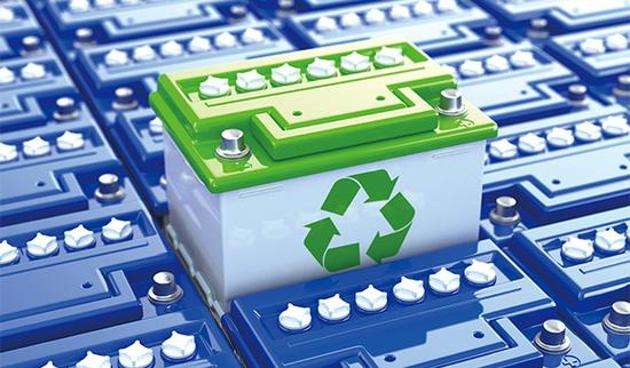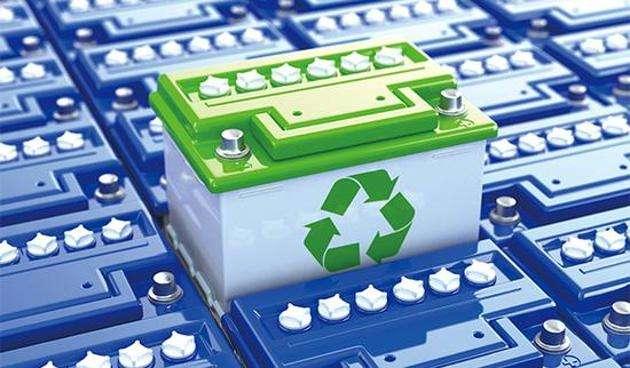
BEIJING, Jan.14 (Xinhua) -- China's power battery market is expected to usher in a shuffle due to intensified competition, said a recently released industry report.
--- Intensified competition in the second echelon
According to statistics of the qd-dcw.com, a lithium battery research platform, the total installed capacity of power lithium battery in China amounted to 57.1 GWh in 2018, up 56.7 percent.
The two giants in the domestic power battery market, CATL and BYD showed strong market performance and jointly occupied more than 60 percent of market share in 2018, which further squeezed the space for small players in the market and led to their fierce competition.
After its cooperation with car companies such as Dongfeng, BMW, Geely and etc., CATL saw its total installed capacity reach 23.5 gigawatt hours (GWh), up 126 percent than that in 2017.
Likewise, BYD also saw a jump in the installed capacity, with the total installed capacity of power battery standing at 11.4 GWh in 2018, up 110 percent.
Driven by the two giants, the market concentration in the domestic power battery industry has increased. According to statistics, the total installed capacity of top ten producers was about 47.2 GWh, accounting for 83 percent of the total in the industry.
Following the two giants, there are a large number of companies in the second echelon, with their installed capacity and market share neck and neck.
Data shows that Hefei Guoxuan High-tech Power Energy, Lishen, Farasis,BAK,EVE,Beijing National Battery ranked from third and eighth, with the market share at 5.4 percent, 3.7 percent, 3.4 percent, 3.1 percent, 2.3 percent and 1.4 percent, respectively.
Installed capacity of the above six companies ranges from 1 GWh to 3GWh and their gap is not obviously wide. They are fighting for the third place, said industry watchers.
--- Industry expansion accelerates shuffle
The fierce competition is directly reflected in the capacity expansion. Incomplete statistics of Shanghai Securities News show that almost all power battery companies have expansion plans, and some even have the quite aggressive plans for expansion.
For example, Farasis, with a current power capacity of 5 GWh, plans to increase its production capacity to 40 GWh by 2020.
Hefei Guoxuan High-tech Power Energy plans to increase its capacity to 30 GWh from 20 GWh during 2018-2020.
Apart from those companies in the second echelon, the two giants also unveiled their expansion plans. CATL announced a target to have a capacity of 50 GWh in 2020, while BYD targeted at 40 GWh capacity in 2020, doubling the capacity in 2018.
In marked contrast to the capacity expansion, rate of capacity utilization in the whole power battery industry is extremely low. Some companies even saw the rate of capacity utilization stand at about 15 percent, or less.
Moreover, foreign companies also eye the Chinese power battery market and announced their investment plans.
For example, Panasonic plans to spend hundreds of millions of U.S. dollars to install two new production lines in its battery factory in China, which will increase its production capacity by 80 percent. LG Chem plans to invest about 1.07 billion U.S. dollars by 2020 to expand scale of its two battery factories in China.
The market competition will be surely intensified, leading to a shuffle and getting some players out of the market, said industry insiders.
(Edited by Hu Pingchao,Bao Nuomin, baonuomin@xinhua.org)




 A single purchase
A single purchase









